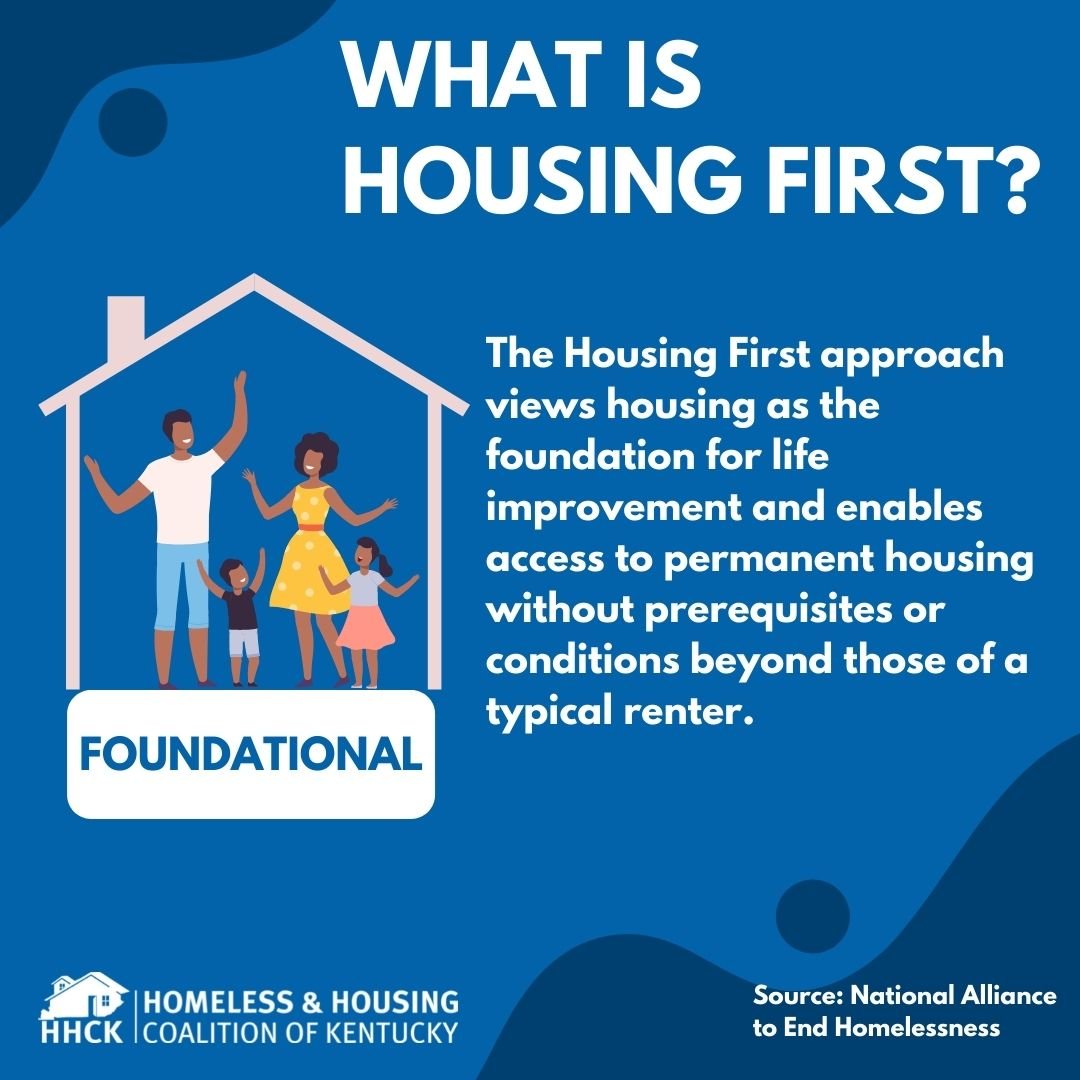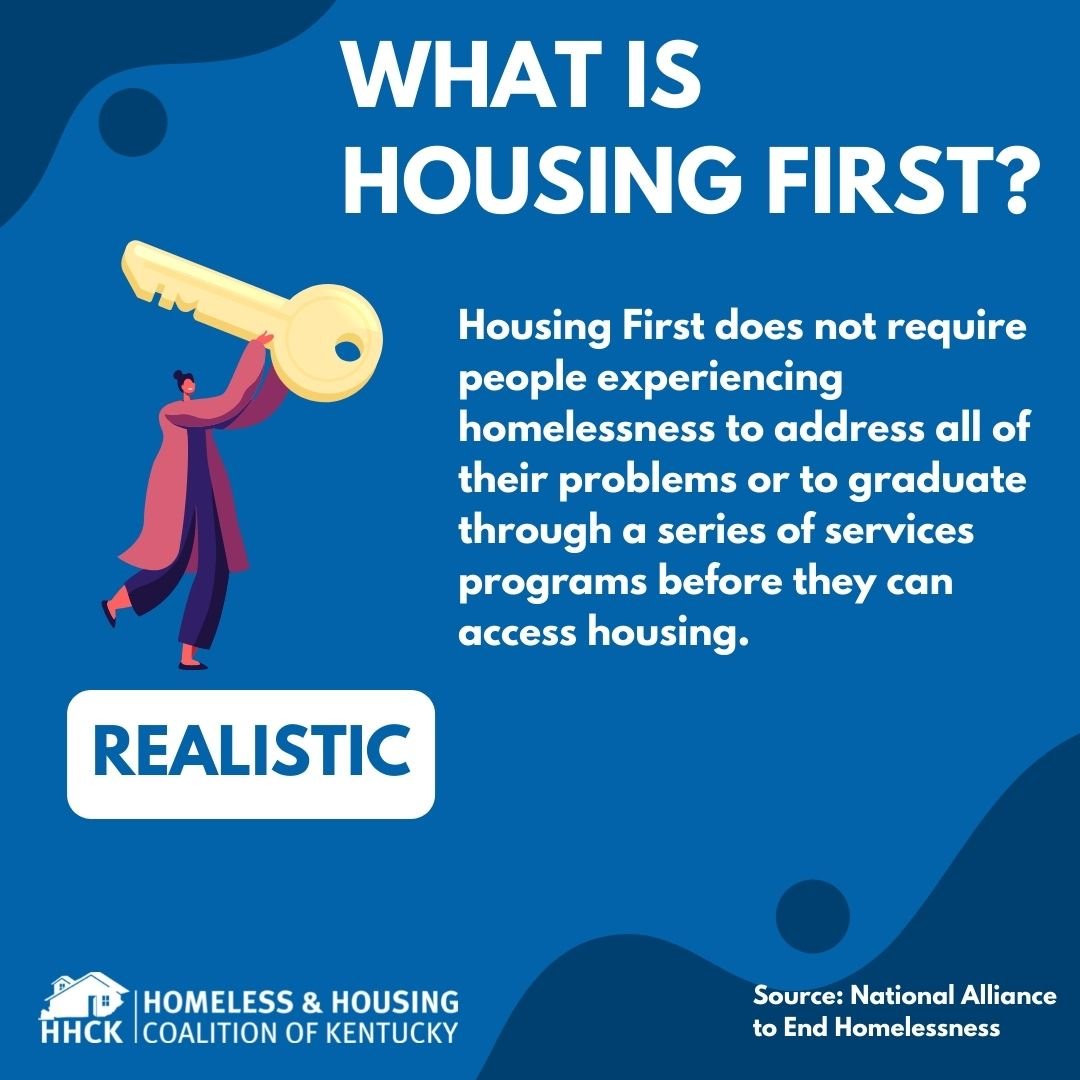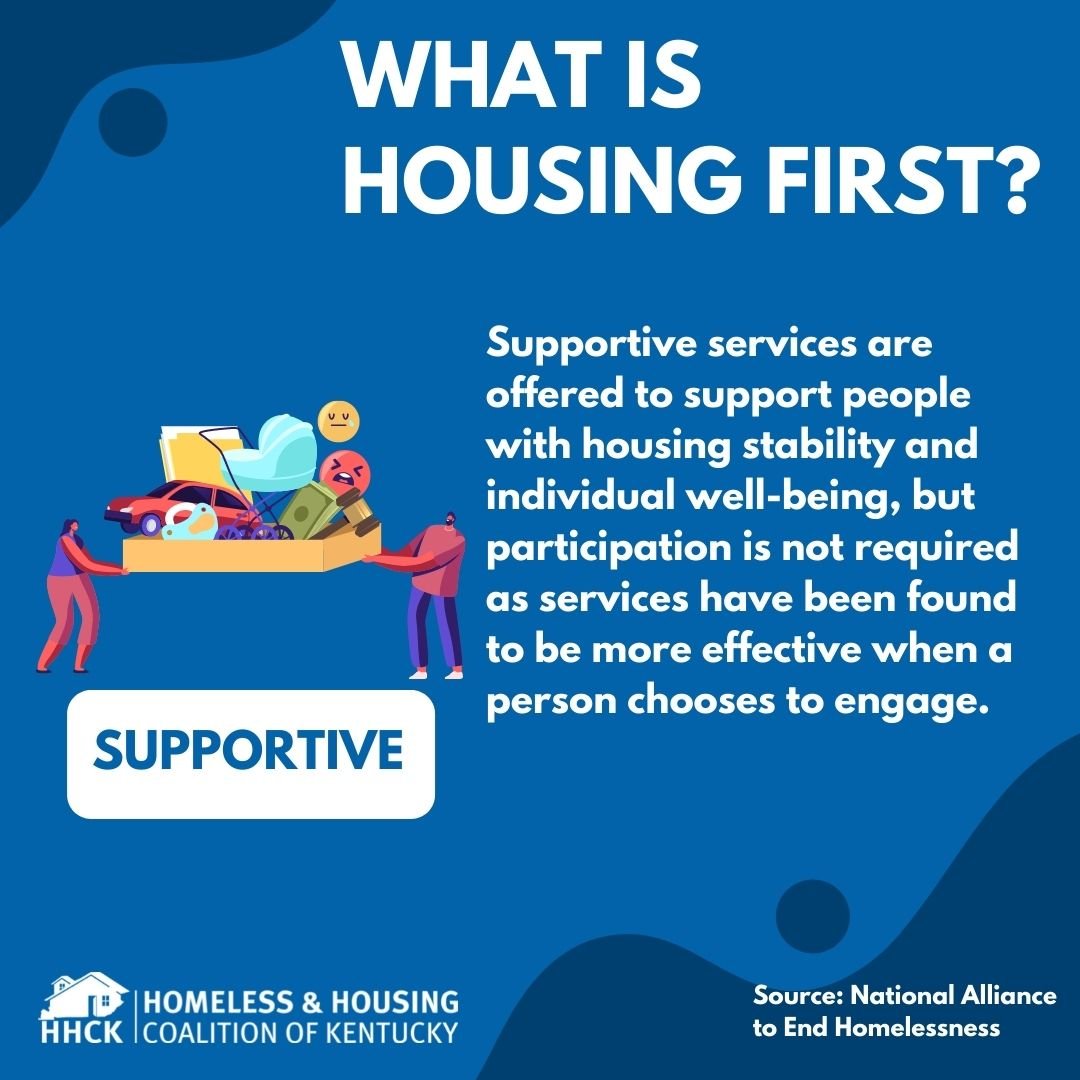KY Housing Supply Gap Analysis 2024-29
In 2024, Kentucky Housing Corporation and Bowen National Research commissioned a study to quantify the shortfall of homeownership and rental homes in our state across all income levels and in each county. The analysis also projects the deficit will grow to nearly 300,000 by 2029 if conditions and policies do not change.
NLIHC Out of Reach Report 2024
The National Low Income Housing Coalition’s Out of Reach Report indicates that rents are becoming less affordable in Kentucky, as we moved from #46 to #38 in 1 year. Learn more here.
The Gap Report 2024
From the National Low Income Housing Coalition: quantifying the shortage of rental homes available and affordable to extremely low income folks around the country AND from right here in Kentucky.
Obtaining No-Cost Identity and Residency Documents
Are you working with clients who need access to IDs to apply for housing, employment, and education? Learn about ID and Birth Certificate updates here, watch a recording here, and find helpful documents here.
Housing First: What’s That?
Housing Discrimination: What Are Your Rights?
Visit the Housing and Urban Development (HUD) website to learn more about the Equal Access Rule, the Fair Housing Act, and how to file a discrimination complaint.
Learn more from Kentucky Fair Housing Council about what protections and rights you have available here in Kentucky.
Emergency Rental Assistance: What Did Recipients Say?
During the height of the COVID-19 pandemic, emergency rental assistance was granted to states and cities to help renters stay in their homes through payments to landlords and utilities. In 2023, we surveyed Kentuckians helped through the Healthy at Home Emergency Relief program in areas outside of Louisville and Lexington served by Kentucky Housing Corporation. The survey questions below were provided to ERA recipients.


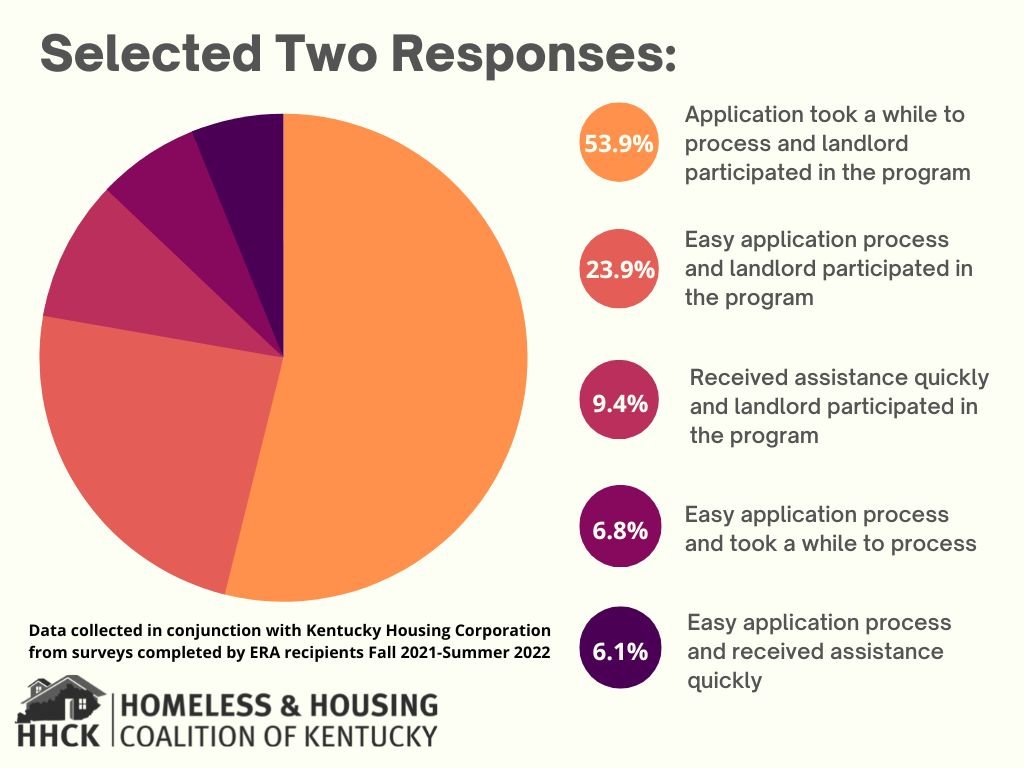



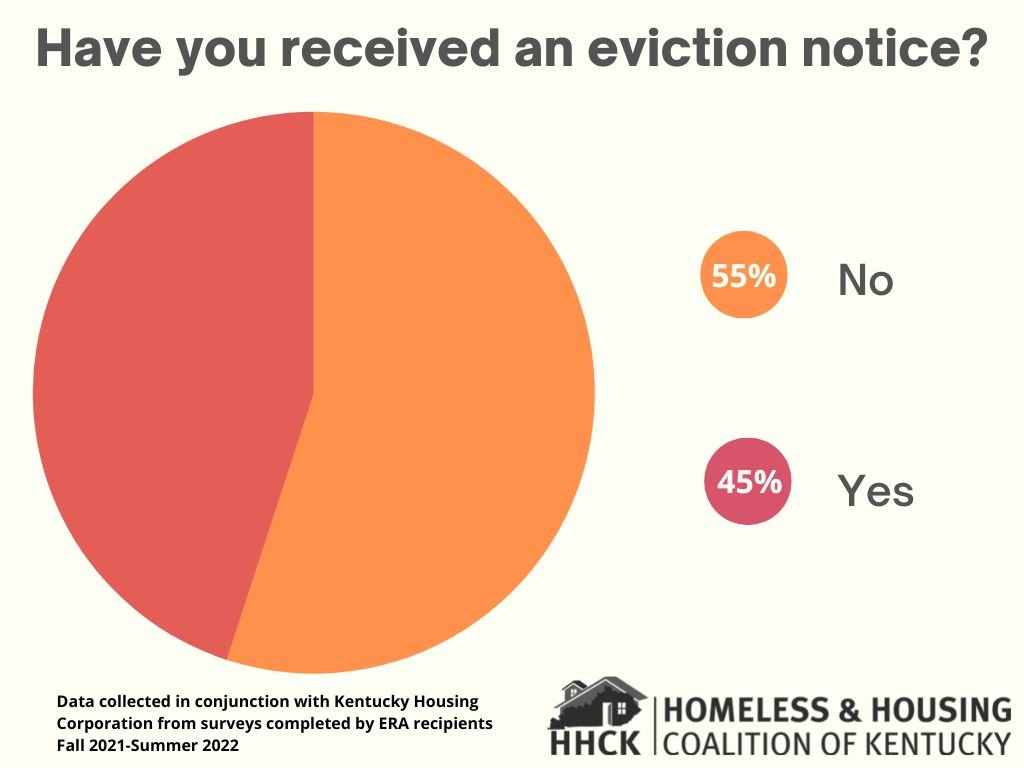
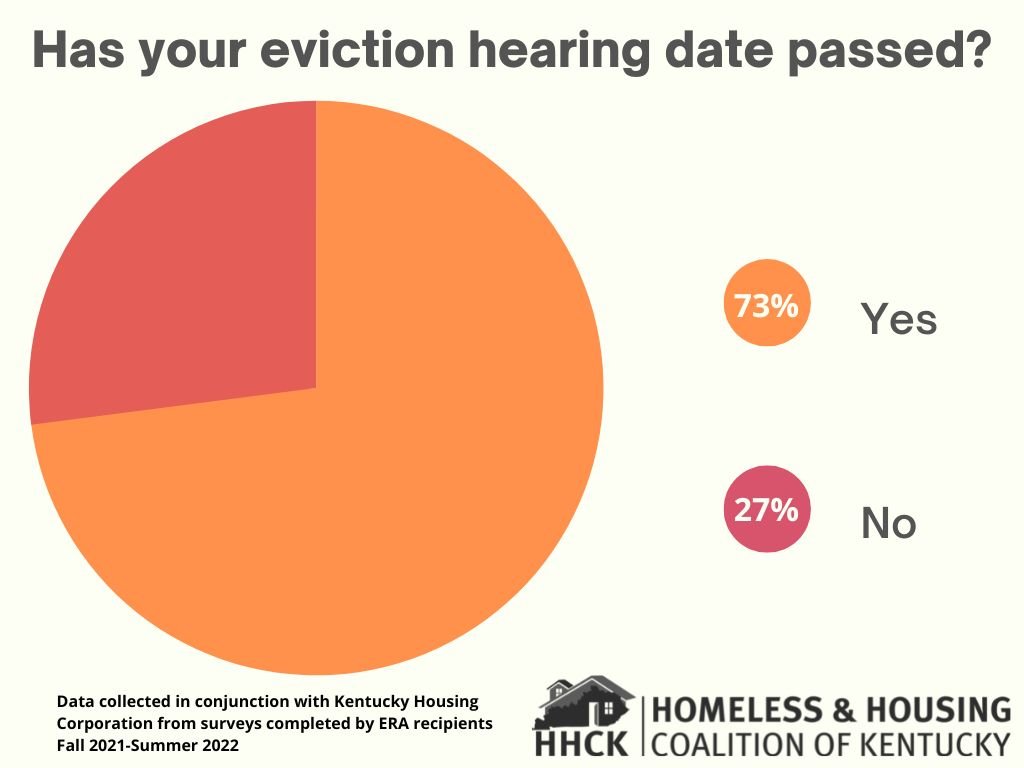
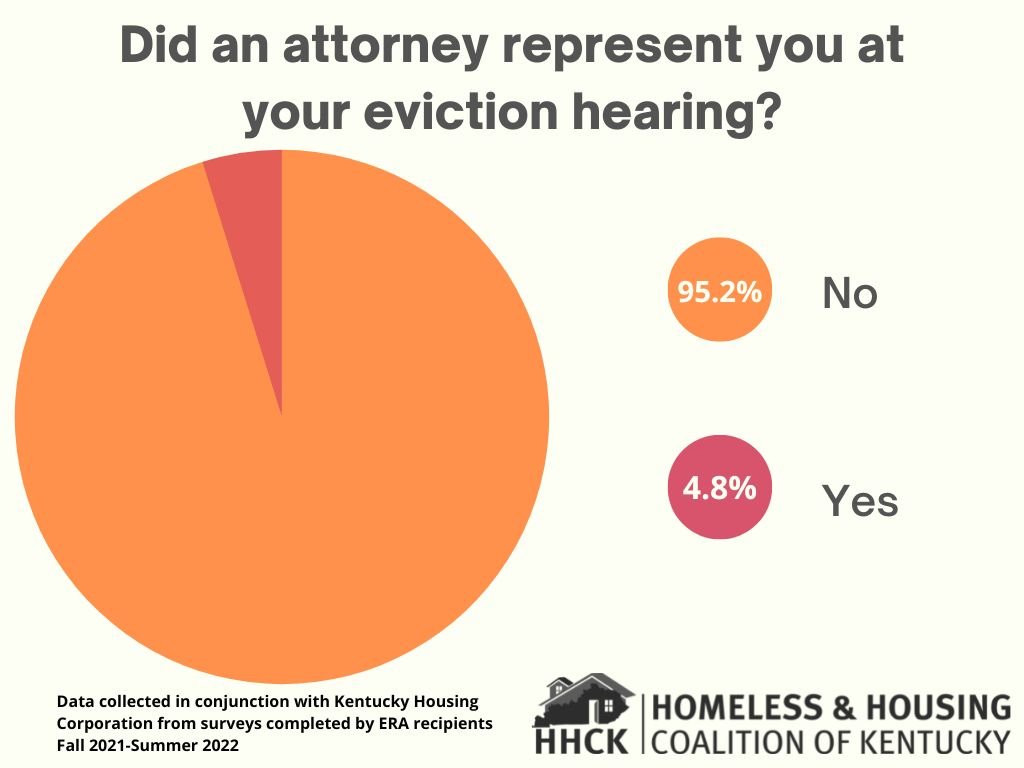
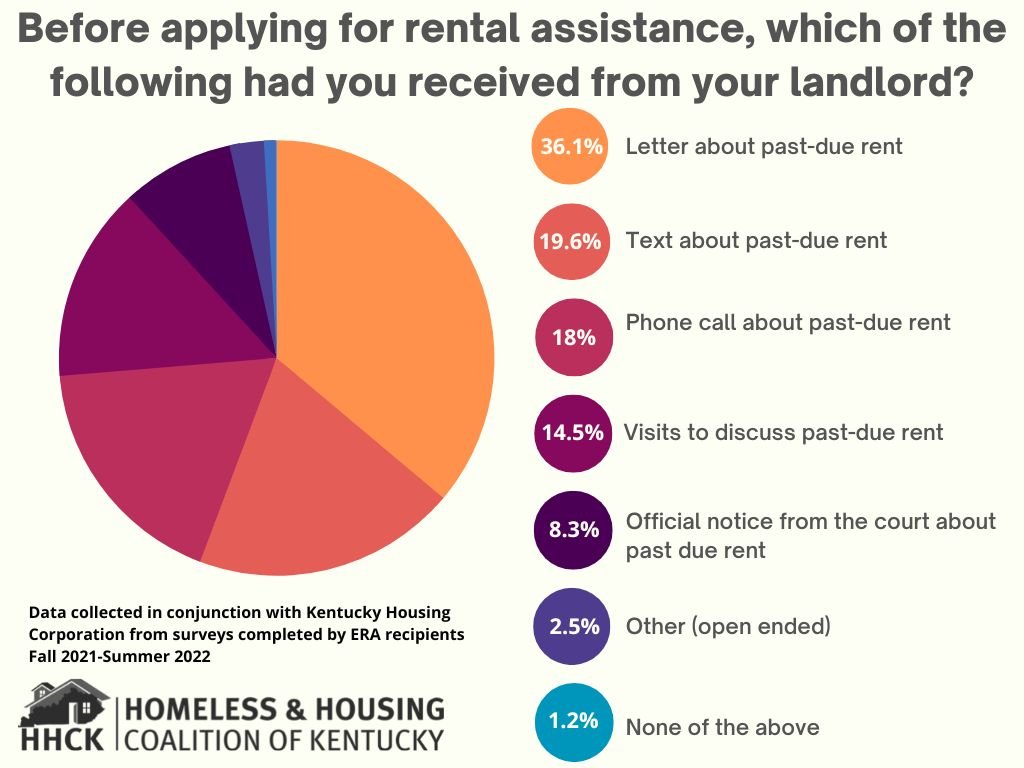
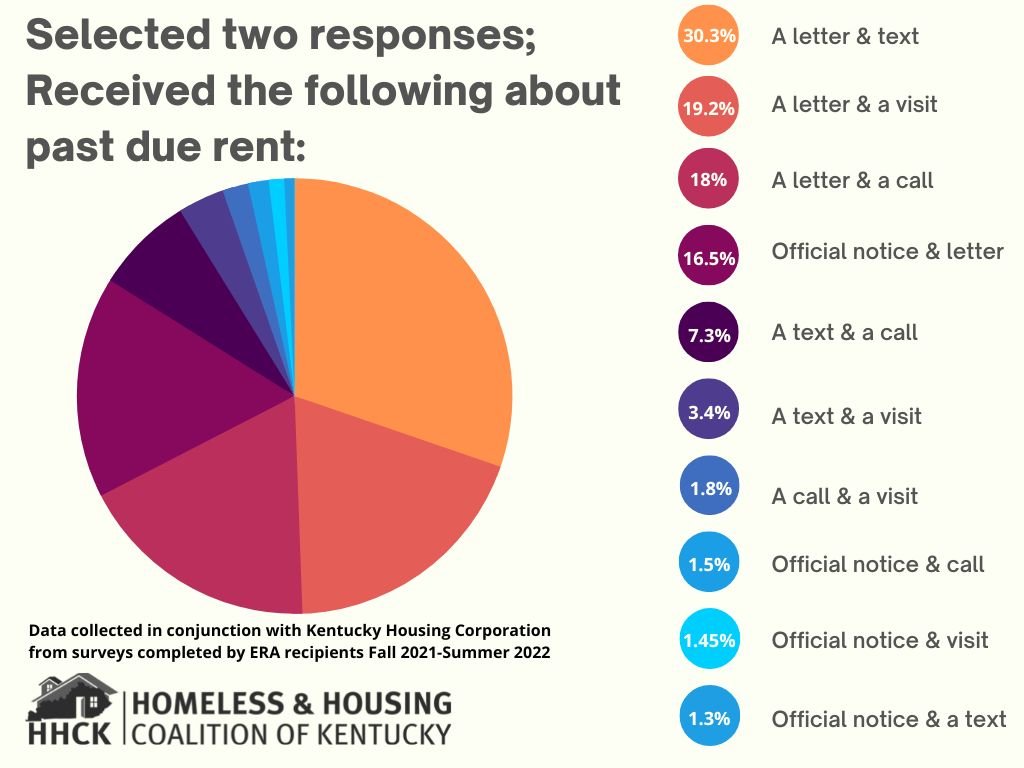
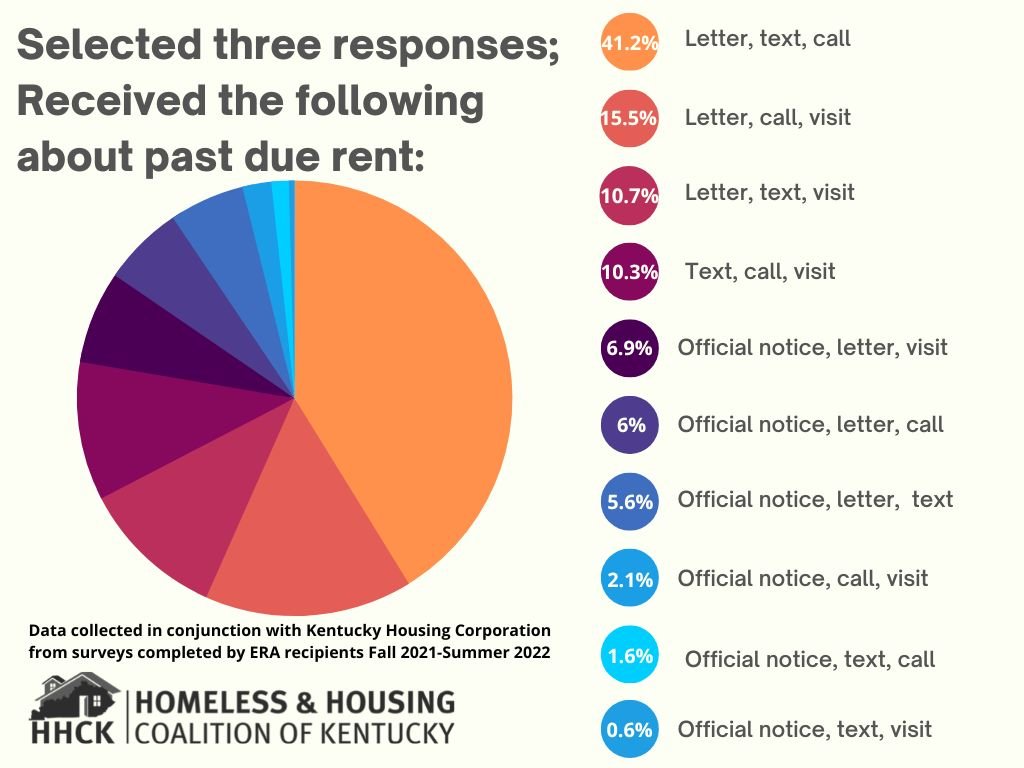



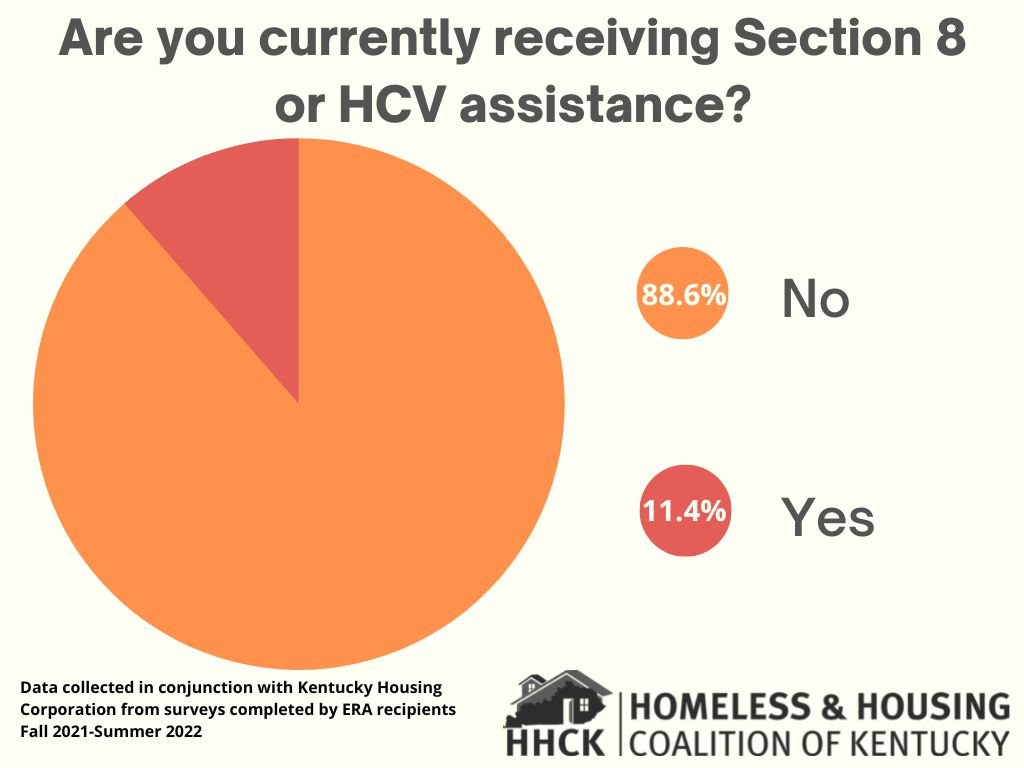
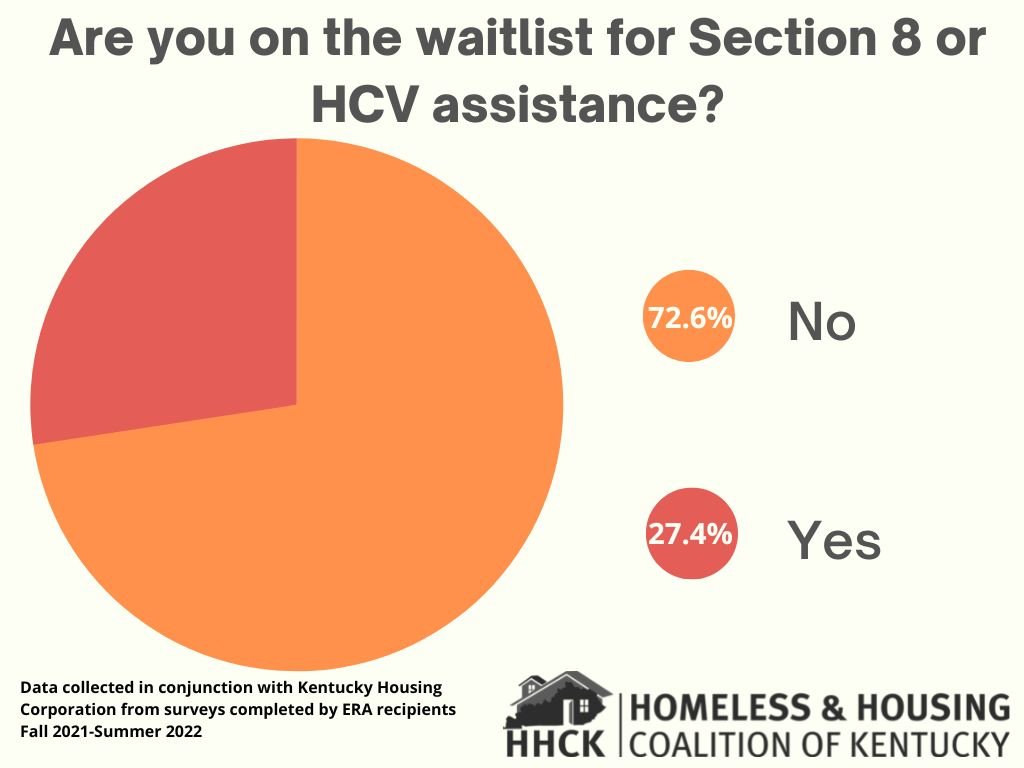
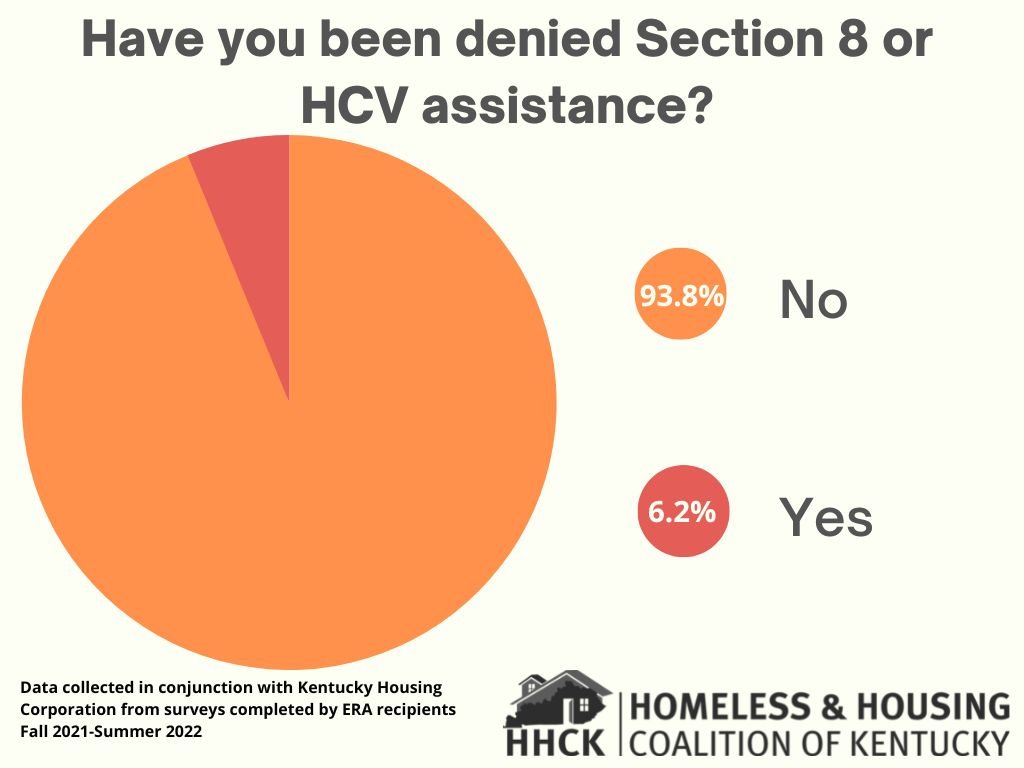
Affordable Housing
Affordable Housing Needs Assessment
December 2018
KLC: Understanding Homelessness
Spring 2021/Fall 2021
This assessment is intended as a concise planning document for the 2020 Housing Vision Campaign, serving as a baseline from which to measure our success in providing affordable homes to low- and moderate-income Kentuckians. It is not intended to be a complete snapshot of housing needs among all income levels. It is a high-level overview across housing types of the typical needs vulnerable Kentuckians face across the Commonwealth.
See Kentucky League of Cities’ Member Resource Initiative, “Understanding Homelessness”. In this guide cities can learn who in Kentucky is affected by homelessness, what barriers exist, and what solutions may be available. New for fall 2021: see presentations from Kentucky Housing Corporation, LexEndHomelessness (Lexington Office of Homelessness Prevention), Mountain Comprehensive Care Center, Kentucky League of Cities, and more.
Investment in Affordable Homes
December 2018
Investment in affordable homes works, at the household and community level. In the year from July 1, 2017 through June 30, 2018, Kentucky housing funders and providers allocated and put into service affordable homes for 100,000 Kentuckians. This increased the supply of affordable, workforce housing and provided demand-side subsidies for low- and moderate-income Kentuckians (at or below 100% of the Area Median Income). A total of $583,586,221 was invested during this time period.
As part of the 2020 Housing Vision Campaign, the Homeless and Housing Coalition of Kentucky has studied major investments over one year to demonstrate how federal, state, local, and non-governmental funds are being used to meet the needs of individuals and communities. This paper is intended as a baseline for future research and analysis, and specifically for use in future advocacy efforts for the 2020 Housing Vision Campaign.
The timeframe used is due to the majority of jurisdictions using the July-June fiscal year schedule. Limitations include the use of multiple funding sources in single projects or agencies, although the author worked with the owners of the data to reduce the possibility of duplications.
The annual investment, particularly on the part of the federal government, is substantial. But if housing providers are to serve the 1.2 million Kentuckians in need of affordable housing, Kentucky will need to grow the resources necessary to provide safe, decent, and affordable housing.
Solving Homelessness
Free Birth Certificates for Homeless Youth
August 2019
Strategic Plan to End Homelessness
November 2018
Children and youth under 25 experiencing homelessness can obtain a Kentucky birth certificate free of charge through a qualified service provider as outlined in KRS 213.141. After consulting with the Office of Vital Statistics, we have provided an explainer on the process for HUD-funded, private, or educational service providers. See this flowchart for step-by-step instructions on how to access a birth certificate.
The U.S. Interagency Council on Homelessness has strongly encouraged Continuum of Care (CoC) homeless service providers and public housing authorities (PHA) to collaborate and implement homeless preferences within housing authorities’ admission policies. This document is intended for local homeless service providers to begin conversations about implementing formal partnerships.
Under the auspices of the Kentucky Interagency Council on Homelessness, HHCK coordinated the updating of the state strategic plan primarily with Continuum of Care partners and the state Department of Behavioral Health and Developmental and Intellectual Disabilities.
For more information, contact Adrienne Bush or call 502-223-1834, ext.101.






